Whitney Plantation --First trip of the new year!
We drove from Lake Charles to Whitney Plantation which is located on the River Road along the Mississippi River near Wallace, Louisiana, located in Jean the Baptist Parish.about 45 miles west of New Orleans. Whitney Plantation Museum is the only museum in Louisiana with an exclusive focus on the lives of enslaved people. Built around 1752 by German immigrants Ambroise Haydel and his wife. The plantation was owned by their descendants until 1867, when it was sold to businessman Bradish Johnson and renamed after one of his daughters, Whitney.
The plantation opened to the public in 2014 after New Orleans trial attorney John Cummings spent more than $8 million of his own fortune on this project over a span of 15 years.
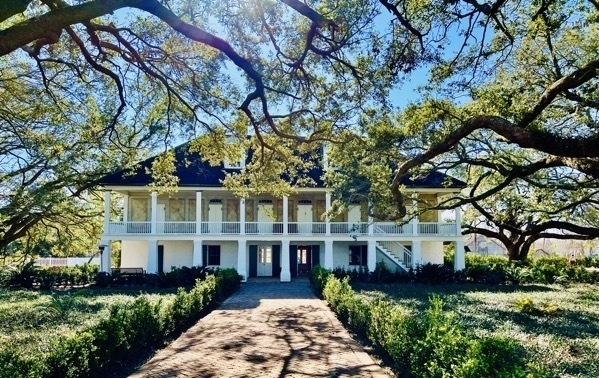
The Big House is built facing the Mississippi River with perfectly aligned French doors on the front and back to allowi a cross breeze to flow through the house.
The bricks for The Big House were made on-site by enslaved workers. The cypress used in construction was from the cypress swamps that surround the plantation, felled by enslaved workers and milled by hand and then used to frame up the house. The insulation was bousilliage, a mix of mud and Spanish moss that enslaved people would mix together and then put inside the walls so the home would be well-insulated.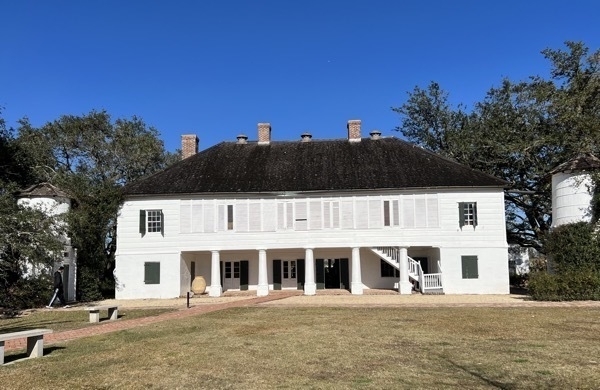
The back of The Big House has cisterns on both sides to collect the rain water.
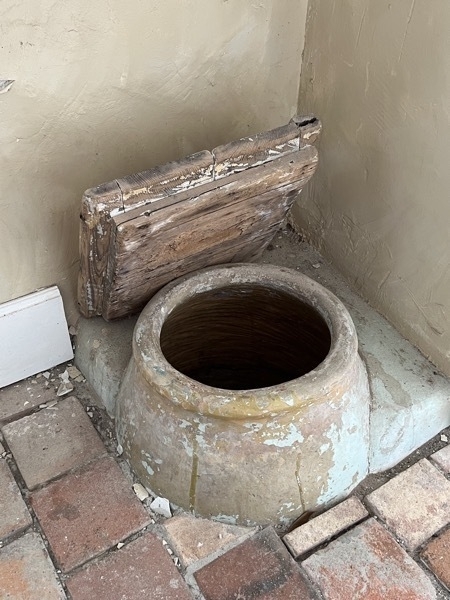
This sunken olive jar is in the “cool room” where food was stored to keep it from spoiling in the heat.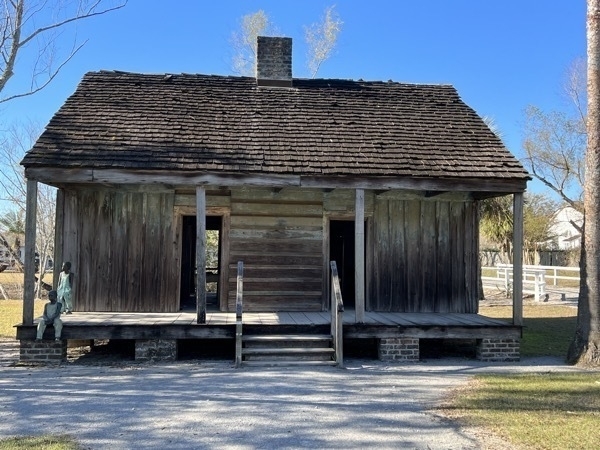
Enslaved people built their cabins from cypress trees that were harvested on the premises.There were 22 slave cabins, two for the domestics located near the Big House and 20 more in two rows facing each other. Today there are seven slave dwellings, two are original and the others were moved from a plantation in Terrebonne Parish, about 50 miles south of here.
Amazingly enough the last tenants who lived in these houses did not move out until 1975.
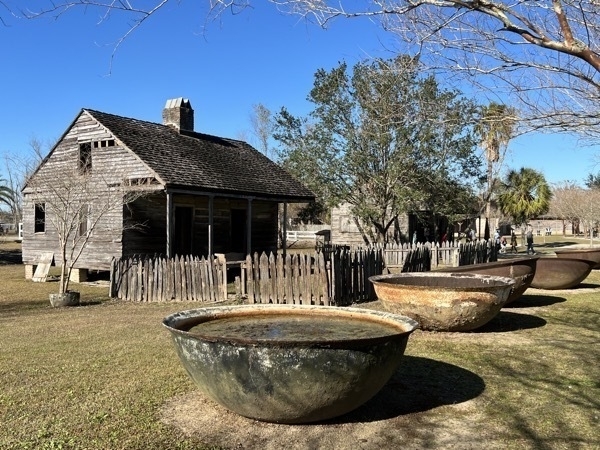
Sugar Kettles outside the slave quarters
Between October and December the sugar factory was a 24-hour operation. Enslaved people worked in shifts around the clock. At night they worked by candlelight. There were three enslaved sugar makers and a full crew of about 70 who were responsible for cutting, transporting, grinding, boiling and refining sugar cane.
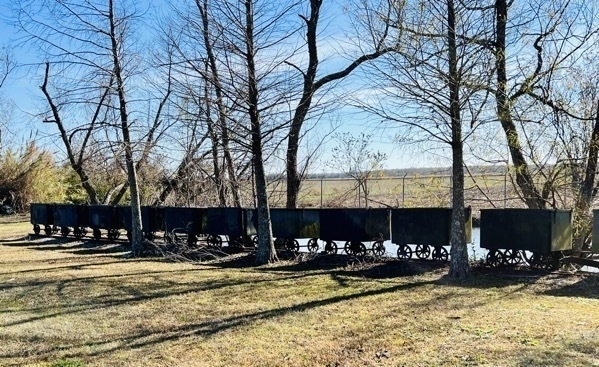
German Coast Uprising
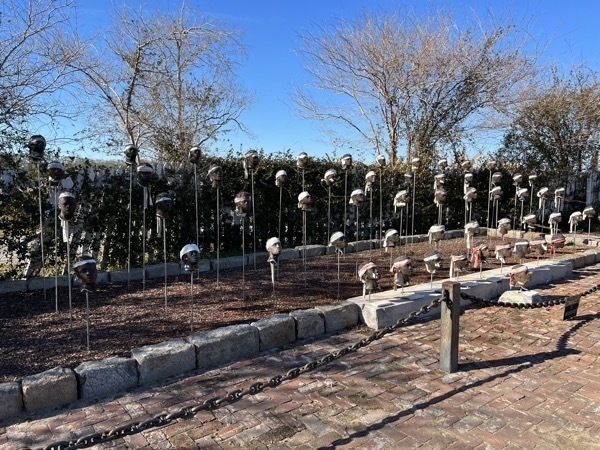
The region was called the German Coast after the German immigrants that arrived in 1721. The memorial pictured above depicts the heroes of the German Coast Uprising, the largest and most sophisticated slave revolt in United States history. A tribunal tried and convicted the rebel leaders who were taken back to their owners and killed and decapitated them in front of all the other enslaved people ., The decapitated head were displayed on pikes along the River Road.
Today was a step back into the pages of history to learn some of the very sad history of our nation’s past.